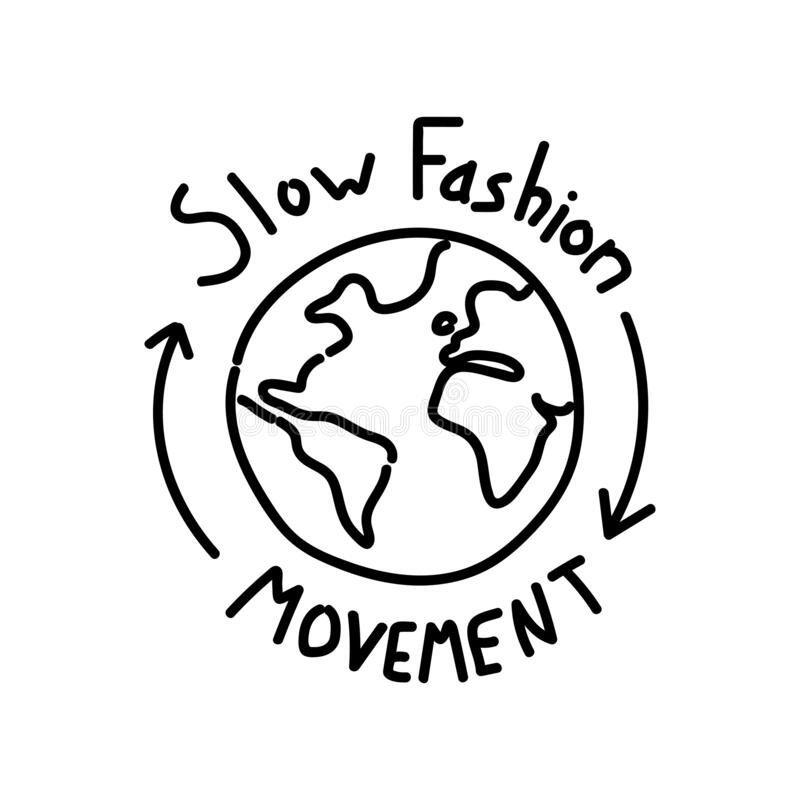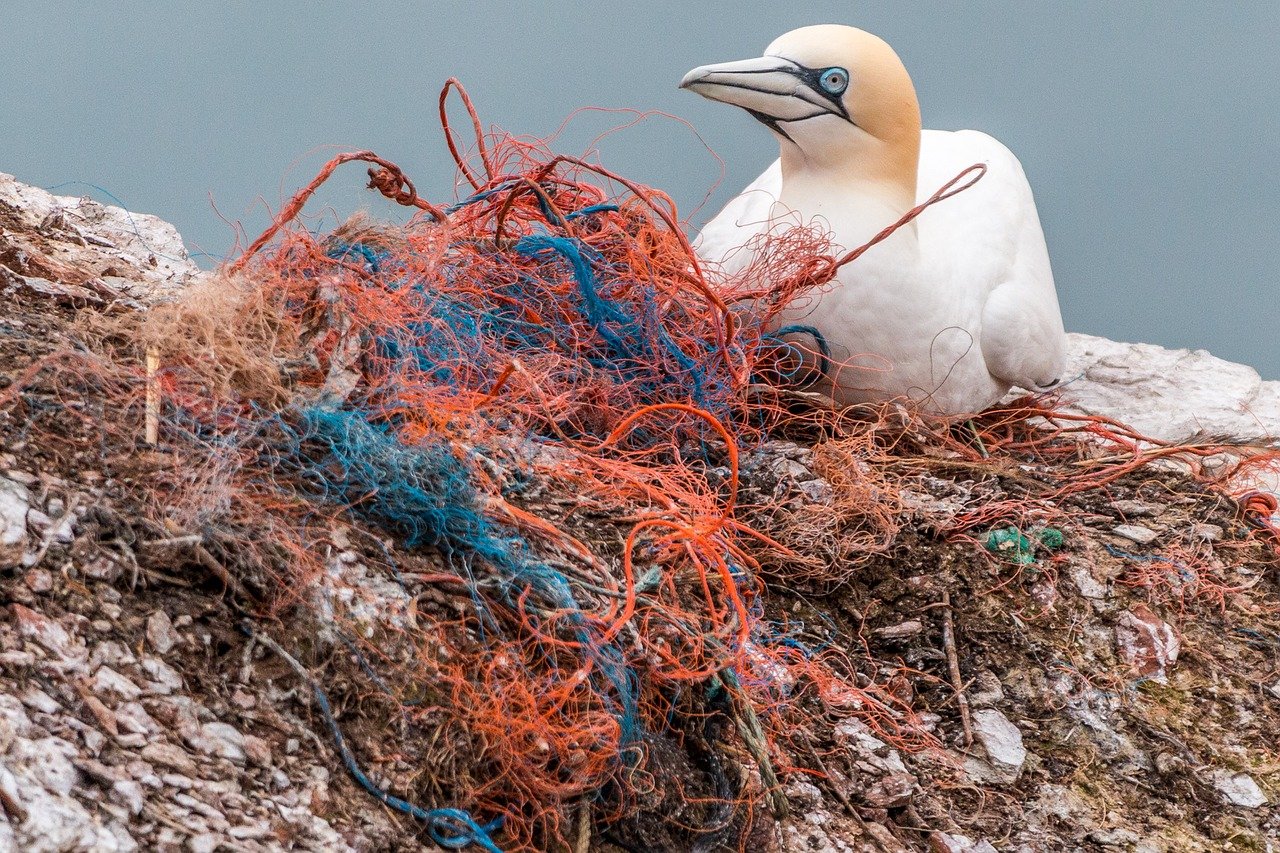This article makes the case for the inextricability of queer and slow fashion movements, especially when it comes to the queer fashion industry. In Ecce Homo Wear, we wholeheartedly believe that any endeavour, even an entrepreneurial one, must be intersectional in nature to be truly queer and as such, we couldn’t identify as a queer company, if we weren’t environmentally conscious.
The rising awareness of both the impact of the global climate change on our everyday lives, and of the inescapable interdependence of humans and non-human animals that the Covid-19 pandemic has made explicit, has generated recently a great deal of buzz around the concept of slow fashion, a term with evolving and multiple meanings. So, what is all this fuss about? What is the difference between slow and fast fashion? And what all this has to do with queer fashion anyway?
Slow fashion stands in sharp contrast to fast fashion. The later term loosely refers to the globalized mass-production of extremely cheap and low-quality garments encouraging this way over-consumerism in response to the latest fleeting trends. The dark side of these competitive prices and plethora of products that fast fashion industry offers is the use of cheap labour and resources, without any respect to environmental protocols and labour laws in a greedy attempt to quickly maximize profits.
In other words, these huge fashion brands, indifferent to their social and environment impact, are among the major global polluters, and human, animal, and environmental rights abusers hiding behind the glossy façade of advertising and inconsequential Corporate Social Responsibility initiatives that merely function as a greenwashing screen. When it comes to the respective clothes, these are usually sloppily designed, made of synthetic materials, like polyester, with poor stitching and finishing, intentionally produced to be soon disposable ending up in landfill after a short period of use.
On the contrary, the slow fashion movement urges us to approach fashion in a holistic manner by paying close attention to the multi-layered interconnections among producers, consumers, and the global ecosystem. The environmentally conscious business model it advocates puts an emphasis on both sustainability and fair labour practices.






.jpg)


 Login
Login